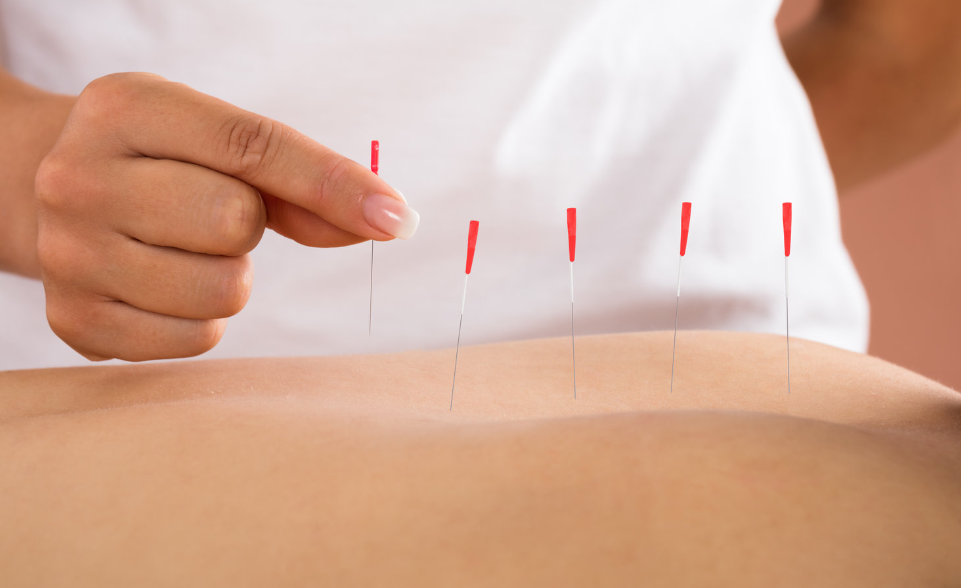How Dry Needling Can Help You Manage Your Back Pain

If you suffer from back pain, you have probably tried medications and therapies with little to no relief or perhaps just temporary relief from the pain. There is one procedure, however, that you might not have tried yet, or even heard of before. That is dry needling. Before you go screaming and hobbling away, here is some information that will give you a better idea of what dry needling is like and the benefits of this therapy.
What Is Dry Needling Like?
Dry needling physical therapy is a treatment technique that uses fine monofilament needles to deactivate trigger points, which are local areas where your muscles are tight and not working properly. The needles are inserted into the target area, and when the tip hits the dysfunctional trigger point, there is a local twitch. This response confirms that the needle is at the source of the pain.
The needles are left in the trigger points for a short amount of time, usually between 10 seconds and 20 minutes. The length of time depends on the type of treatment you are receiving, the part of your body you are receiving the treatment, and the number of needles being used.
Dry needling is not limited to just helping people with back pain. Here are a few other areas where needling might help:
- Achilles tendonitis
- Headaches
- Muscle cramps
- Shoulder pain
Benefits of Dry Needling
How soon you will reap benefits from dry needling varies. Some people receive relief immediately following treatment, while others feel improved after a few treatments. For longer-term results, more than one treatment is usually needed. One way to prevent recurrence is to pair dry needling with other types of treatments, such as soft tissue mobilization therapy. Here are a few of the benefits that you might achieve with dry needling:
- Decreased pain
- Decreased tightness in the muscles
- Improved blood flow
- Increased mobility
- Return to normal lifestyle
Dry Needling vs. Acupuncture
Because dry needling and acupuncture both use the same type of thin monofilament needles, it is often thought that dry needling and acupuncture are the same. This is not true.
- Acupuncture has existed for thousands of years, while dry needling is a relatively new procedure.
- Acupuncture focuses on rebalancing your body’s energy to promote healing, while dry needling targets muscle trigger points.
- Acupuncture is used to treat pain, but it is also used for other conditions, such as infertility, depression and anxiety. Dry needling focuses on neuromuscular and musculoskeletal pain.
Is Dry Needling Therapy Right for You?
It depends. To find a local therapist who performs dry needling, search for “physical therapy near me” and schedule a consultation. After learning more about the cause and location of your pain, the physical therapist might recommend dry needling.
As with all health concerns, be sure to discuss your pain with your primary care provider and see if dry needling might be an option for you. Your provider can work with the physical therapy team to provide the best treatment plan. Don’t suffer through your pain another day. Schedule an appointment!








